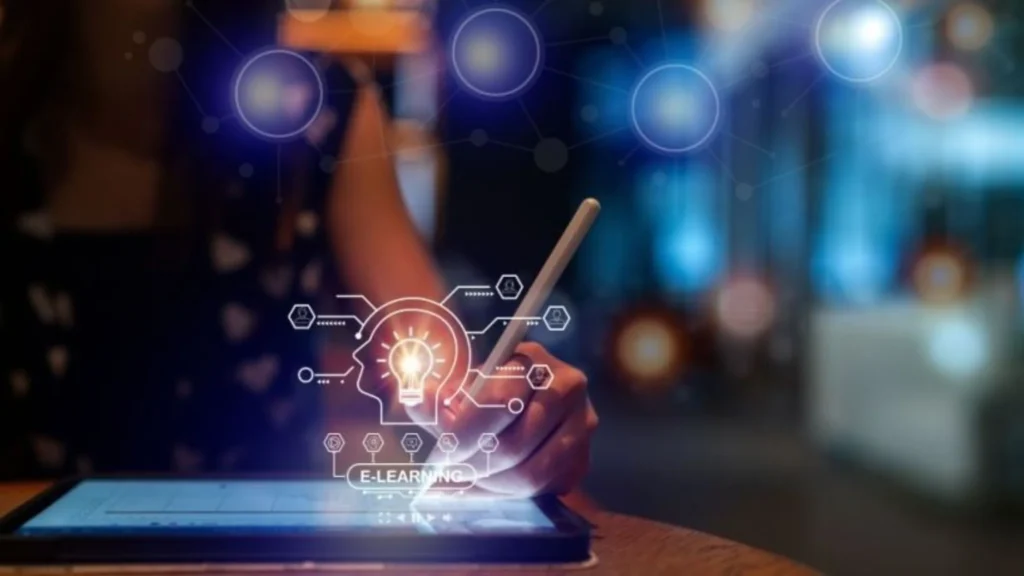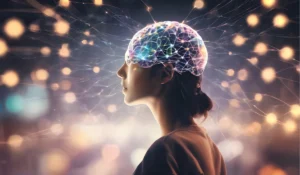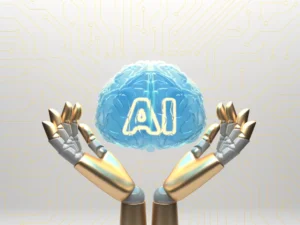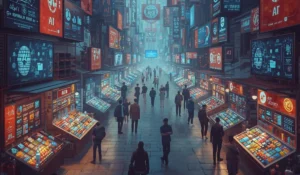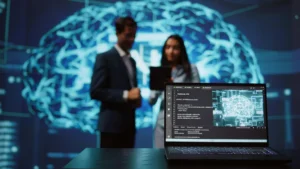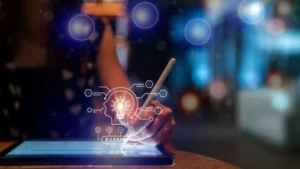In 2025, AI tools for creative design have completely transformed the creative industry. Moreover, these advanced technologies not only streamline workflows but also expand the horizons of creativity. From automating repetitive tasks to generating complex design elements, AI enables designers to focus on innovation rather than mundane chores. Furthermore, businesses and freelancers alike are embracing these tools to produce professional-grade work faster than ever.
Artificial Intelligence is no longer just a futuristic concept; in fact, it has become an essential partner for creative professionals worldwide. With AI, designers can experiment, prototype, and execute ideas efficiently, while also receiving insights that enhance design quality. Consequently, design projects are now more innovative, precise, and audience-focused.
Understanding AI in Creative Design

AI in creative design refers to the use of algorithms and machine learning to automate, assist, and inspire design projects. Additionally, by analyzing patterns, predicting trends, and generating creative elements, AI tools help designers make informed decisions. This combination of intelligence and automation ensures designs are both innovative and effective.
Benefits of AI Tools for Creative Design
Enhanced Creativity: AI generates unique design ideas that human designers might overlook, therefore sparking inspiration and fresh perspectives.
Time Efficiency: Repetitive tasks such as resizing, colour adjustments, and layout creation are automated, allowing designers to focus on more strategic work.
Audience Personalization: AI tools analyze user preferences and behaviour to craft designs tailored to specific demographics, thus improving engagement.
Cost Savings: Automating routine design processes reduces manual labor, which in turn lowers operational costs.
Collaboration: AI platforms often provide real-time collaboration, meaning multiple designers can work together seamlessly, while maintaining design consistency.
Top AI Tools Transforming Creative Design

1. Canva AI for Creative Design Projects
Canva’s AI-powered features, like Magic Design™, allow users to generate entire templates from a simple text description. Consequently, this platform democratizes design by making professional-quality visuals accessible to beginners and non-designers alike. Users can create presentations, social media posts, and marketing materials in minutes. (canva.com)
2. Figma AI Tools for Efficient Creative Design
Figma incorporates AI to enhance collaborative design. In addition, it offers intelligent suggestions for layouts, typography, and colour schemes. Designers can also use AI-driven prototyping tools to generate interactive user interfaces quickly. As a result, the platform reduces creative blocks and speeds up design workflows.
3. Adobe Sensei AI Tools for Creative Design Assistance
Adobe Sensei integrates AI into the Creative Cloud suite, assisting with tasks like photo editing, vector illustration, and content-aware design. Moreover, by analyzing design patterns, Adobe Sensei can suggest enhancements that maintain aesthetic quality while simultaneously saving hours of manual work.
4. Designs.AI: AI Tools for Creative Design Simplification
Designs.AI provides a full suite of creative tools, including logo makers, video generators, and marketing content generators. Furthermore, this platform leverages AI to produce polished, professional designs quickly, making it ideal for small businesses and freelancers. (designs.ai)
5. Leonardo.AI: Advanced AI Tools for Creative Design
Leonardo.AI is designed for graphic designers seeking AI-assisted innovation. Additionally, it enables real-time canvas editing, automated image generation, and design suggestions based on current trends. Consequently, designers can produce high-quality visuals rapidly.
6. Wix Logo Maker: AI Tools for Creative Branding
The AI-powered Wix Logo Maker creates professional logos using minimal input from the user. By answering a few brand-related questions, users receive multiple logo options, which they can customize to align with their brand identity.
In particular, this tool is useful for startups and small enterprises looking for cost-effective solutions. For more options, you can also explore other powerful AI-based design tools that help businesses create visuals with ease.
7. Google Mixboard: AI Tools for Creative Design Moodboards
Google Mixboard uses AI to build moodboards and concept visuals. In addition, designers can create boards by combining existing images with AI-generated visuals based on descriptions. As a result, it is ideal for project planning, interior design, and creative brainstorming.
How AI Improves the Design Workflow

Streamlining Design Processes with AI Tools
AI automates repetitive tasks like resizing, colour grading, and layout adjustments, thus allowing designers to focus on concept development and innovation. Consequently, project delivery becomes faster without compromising quality.
Facilitating Collaboration Using AI Tools for Creative Design
Platforms like Figma and Canva AI allow multiple team members to work on the same project in real time. Meanwhile, AI suggestions and automated updates make collaboration seamless, reducing errors and miscommunication.
Personalized and Targeted Designs via AI Tools
By analyzing user data, AI tools can create designs tailored to a specific audience. Therefore, marketing campaigns, social media visuals, and web designs are more engaging and effective.
Enhancing Design Quality and Consistency with AI
AI ensures that design elements follow consistent standards, thus reducing human error. In addition, automated checks for alignment, colour harmony, and font usage maintain professionalism across projects.
Challenges to Consider
While AI is transformative, some challenges remain:
Creativity Limitations: AI can suggest ideas, but it may lack the nuanced creativity of human designers.
Over-Reliance: Relying too much on AI may hinder a designer’s skill development.
Data Privacy: Sharing project data with AI platforms requires careful consideration of privacy and security measures.
Cost for Advanced Features: Some AI tools require subscription plans for premium features, which may be a barrier for freelancers.
The Future of AI in Creative Design
The future of AI in design is highly promising. As machine learning algorithms become more sophisticated, AI tools will provide deeper insights and more powerful creative assistance. Designers can expect AI to:
-
Suggest innovative design concepts in real time.
-
Enhance immersive experiences with augmented and virtual reality integration.
-
Provide predictive analytics for design trends and audience engagement.
Ultimately, this ongoing evolution will make AI an indispensable tool in every designer’s toolkit.
Conclusion
AI tools for creative design are revolutionizing the industry by automating routine tasks, providing creative suggestions, and enabling personalized designs. Furthermore, platforms like Canva AI, Figma, Adobe Sensei, and others are leading this transformation.
For a deeper look into how these innovations are shaping design, you can explore this detailed guide on AI-based graphic design tools. Consequently, designers now enjoy faster workflows, higher-quality output, and enhanced creativity.
Ultimately, embracing AI in design is no longer optional; instead, it is a strategic move for professionals seeking efficiency, innovation, and a competitive edge.
FAQs
Q1: Can beginners use AI tools for creative design effectively?
Yes, platforms like Canva AI and Wix Logo Maker are designed to be beginner-friendly, meaning they require minimal prior design knowledge.
Q2: Can AI tools replace human designers?
No, AI assists with tasks, but it cannot replicate human creativity, intuition, and emotional intelligence.
Q3: Are AI tools for creative design affordable?
Many AI tools offer free basic versions, while premium features vary in price depending on the platform.
Q4: Is using AI tools for creative design secure?
Reputable AI platforms follow strict security measures, but it’s important to review their privacy policies before sharing sensitive data.

